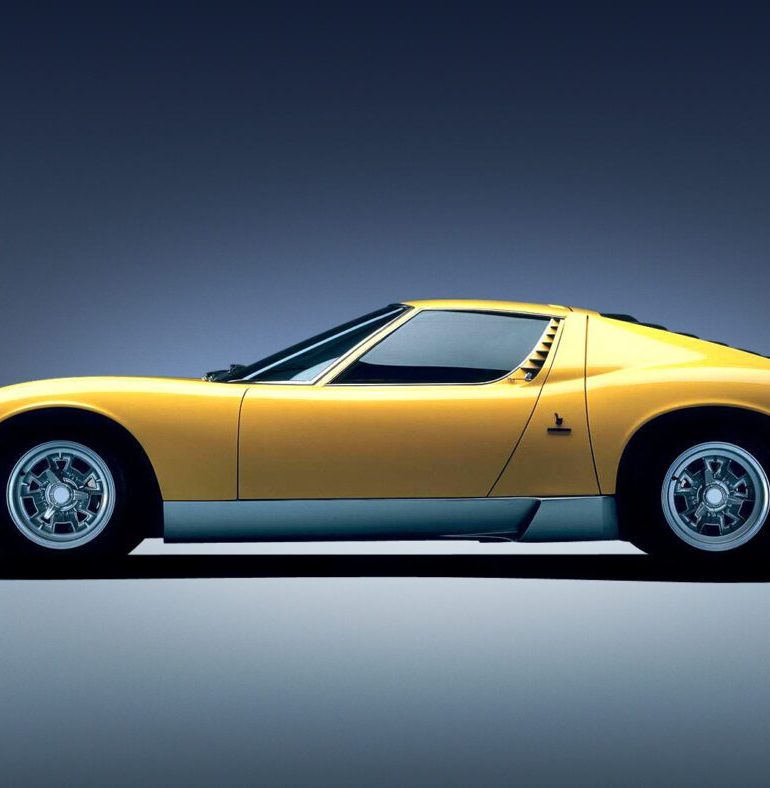Take a moment. Think back through the years that you’ve been a fan of supercars, be it as a kid with a Lamborghini Countach or Ferrari 40 poster on your wall, or an adolescent that was exposed to Top Gear UK and their often hilarious supercar reviews. Then take a moment to think: Where did the name supercar actually come from?
While it’s definitely been around since this website was built over 20 years ago, for the longest time there were heated, passionate discussions about which car, which classic, was the first to truly embody the word. Some say that the gorgeous Ferrari 250 GTO was the first supercar, as it embodied the exotic nature, the power, and the prestige one associates with the term. Others say that another gorgeous car, the Jaguar E-Type, was the start of the supercar, as it was a car that was only truly available to the wealthy and elite (another hallmark of supercars).



